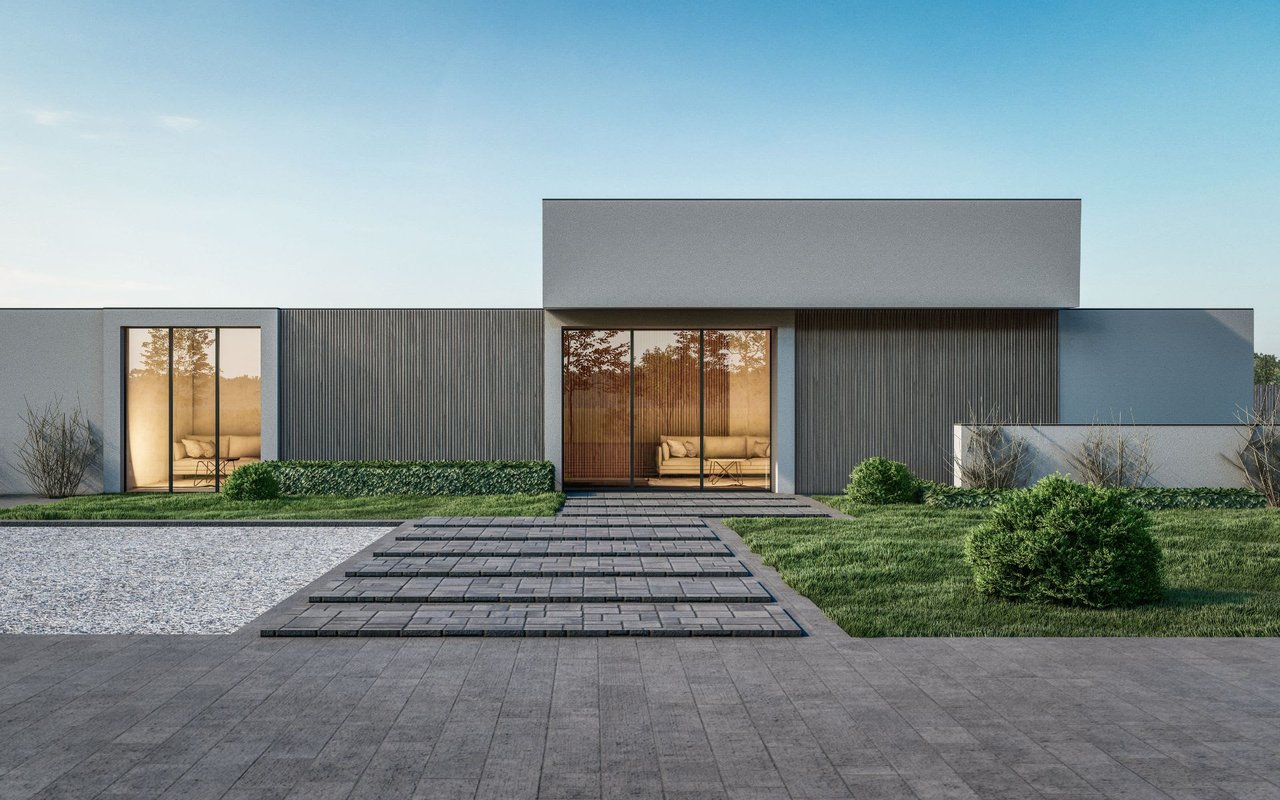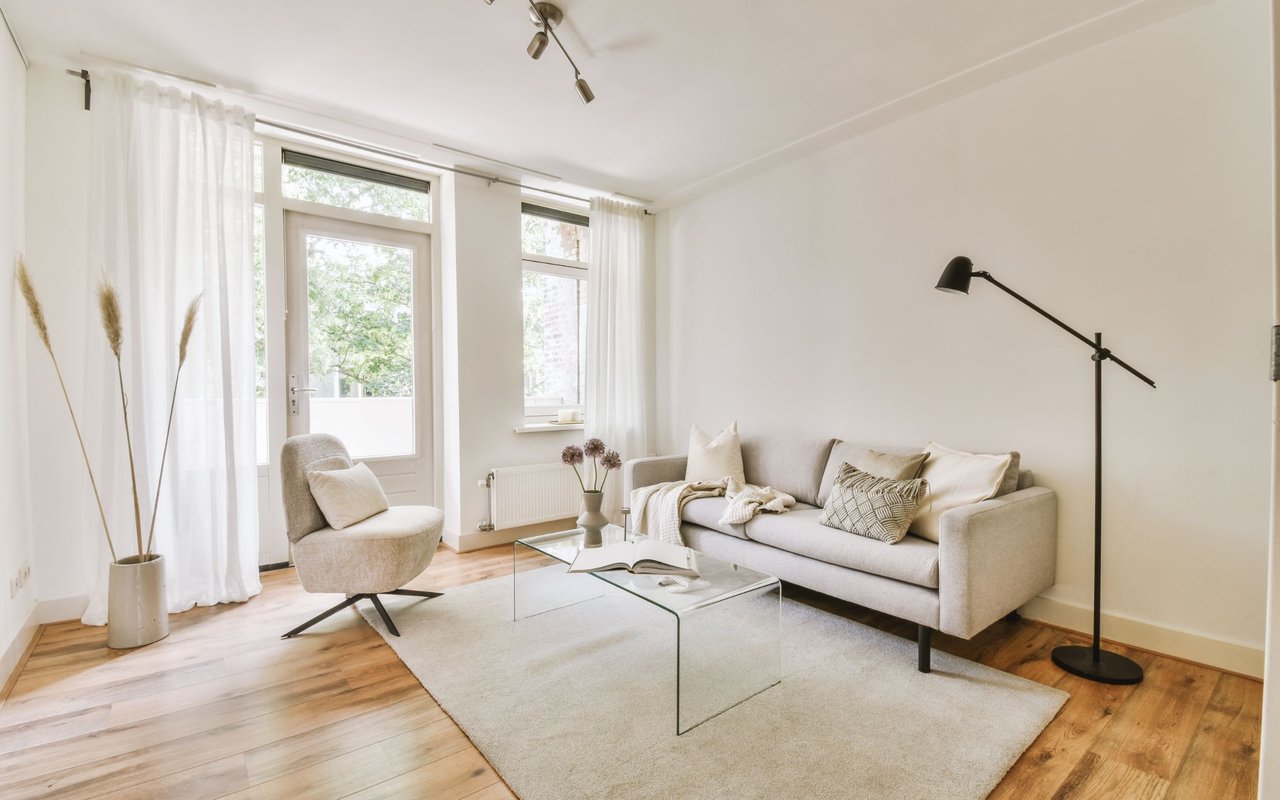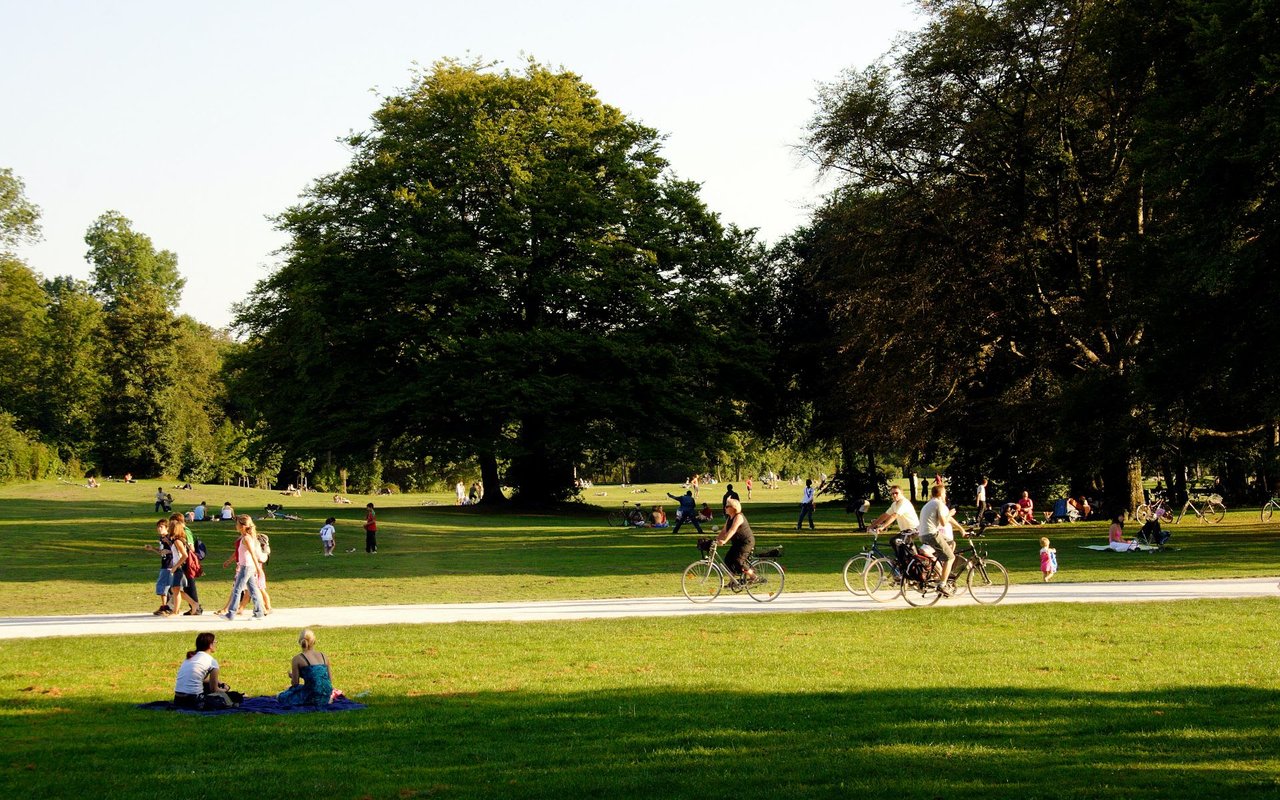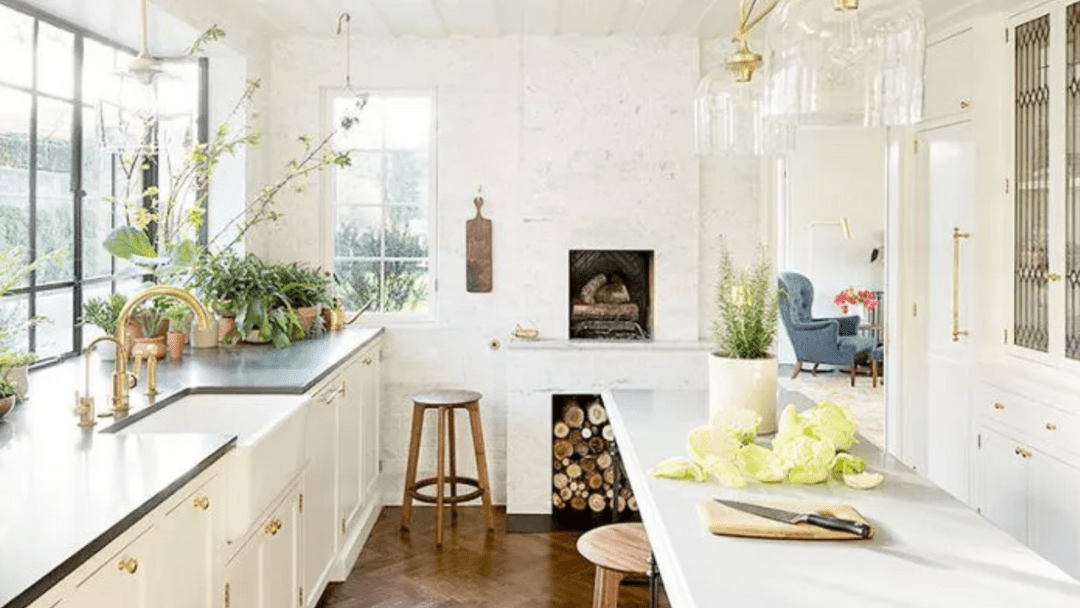Is there anything more charming than a cottage? One of the most universally beloved styles of architecture worldwide, the cottage has a rich history. These versatile and cozy dwellings have long been coveted as individual homes as well as guest houses attached to larger estates.
The cottage has a rich and interesting history. Originally, cottages were the homes of cottagers (also called cotters or bordars) in feudal England. Cotters and their families lived in small houses on a nobleman’s land. In return for the cottage, they would render a service to his estate.
The words cottage and bungalow are used interchangeably, but they are actually two different styles with distinct features. Tiny homes are rising in popularity and might be called “cottages” but though tiny homes and cottages are both small, there are big differences.
So, what exactly is cottage architecture? How are cottages different from bungalows or tiny homes? And is there more than one style of cottage?
Exterior
A cottage is a small home, typically 600 to 1,000 square feet in size, though modern cottages are trending larger, up to 2,200 square feet. Cozy and usually single-story, cottages are often used as guest houses on larger estates, or as vacation homes. Cottages can be found in the countryside, in residential areas, in the mountains, or at the seashore.
Cottages can be built in many different architectural styles. Sometimes cottages are confused with bungalows, but the bungalow is actually a specific style of architecture that originated in India during British colonial rule. A “cottage” is simply a small house and isn’t associated with any one particular architectural style.
A cottage normally has two to three bedrooms, and usually a small loft-like room on the upper floor that has a sloping roof and adds to the charm of the style. The exterior features of the cottage are often very detailed, with arches, decorative trim, and other statement elements. Round or diamond-shaped windows are common.
Cottage design typically favors an asymmetrical appearance, often with a large front door and prominent chimney piece. These oversized elements contribute to the “cute” appearance of the cottage. In general, cottages blend well with their surroundings. For example, a cottage on the beach might be built with wood siding and painted in pastels, while a mountain cottage would feature stone or logs in the design. A cottage looks like part of its environment.
Interior
On the inside, cottages usually have open floor plans with a central room. The prominent chimney acts as a centerpiece to the room, and the design favors efficiency and comfort.
Despite the openness of the design, there are often “nooks and crannies” and secluded spots to read or relax. Eating areas are usually connected to the main room, encouraging casual rather than formal dining. Small porches and gardens are also a staple of this style.
The decor of a cottage usually reflects the personality of the owner. Decor features eclectic pieces that match the style of the exterior and / or landscape, and often has sentimental value. It’s common to see cottage interiors with natural colors and textiles, and hardwood floors.
Common Types of Cottage Architecture
-
Vintage: this cottage will have a “retro” feel, decorated with shabby chic decor and flea-market finds.
-
Coastal: a cottage that is near the ocean or bay, and features coastal interior design.
-
Southern: a charming version of the cottage style, usually graced with gardens and comfortable interior areas for sitting and entertaining.
-
English: the classic cottage, this might have a thatched roof or stone features, or a more modern English countryside feel.
-
Country: the word “rustic” is applicable to this type of cottage style, and this cottage typically feels like an idyllic country home.
-
French: the French cottage is romantic and provincial, with elegant interiors, florals, and a sense of old mixed with new.
Are you thinking of owning a beautiful cottage? There are many options here in the Bay Area. I can give you insight on the area and answer any questions you may have. Feel free to get in touch anytime!





